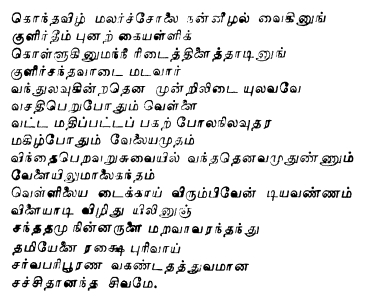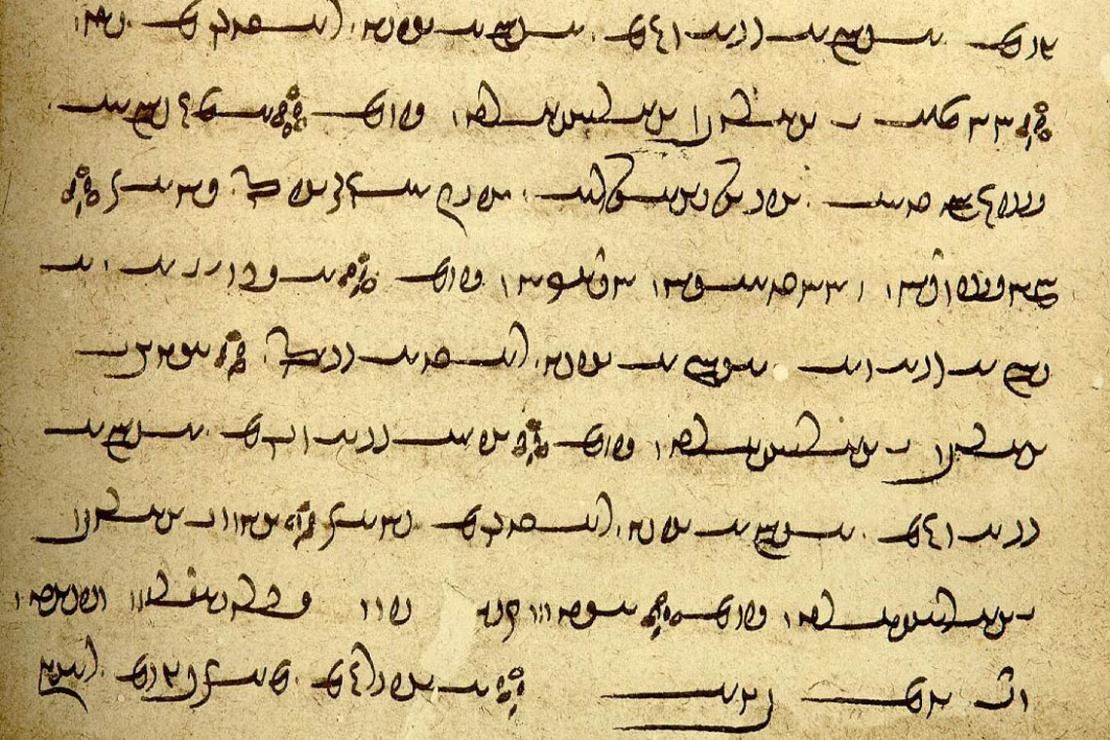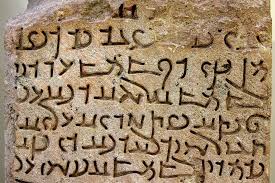Language is one of humanity’s most remarkable inventions, and it is one of the most enduring pillars of human civilisation, preserving the thoughts, beliefs and knowledge of ancient societies.
Among the thousands of ancient languages, there are a few of the oldest languages which are still in use for written communication. And these few languages have maintained their continuous use.
In this list, we will explore the top seven oldest written languages, which are not only historically significant but are still in use for written communication and for local verbal communication
These languages are studied in contemporary times. Their survival is not just a linguistic curiosity, but they are the resilience of cultural records.
So, let’s dive into this article to explore the Top 6 Oldest Written Languages which are still in Use and how these oldest languages have maintained their rich legacy, which reflects their endurance in human communication and the power of written tradition across the generations.
List of the Top 6 Oldest Written Languages which are Still in Use
| Oldest Written Languages | Time Period |
| Sankrit | 1700-1200 BCE |
| Tamil | 3rd Century BC |
| Persian | 6th Century BC |
| Hebrew | 10th Century BC |
| Aramaic | 11th Century BC |
| Chinese | 13th Century BC |
| Greek | 15th Century BC |
Brief about the 6 Oldest Written Languages which are Still in Use
1. Sanskrit Language:

Source: worldlanguage
-
Sanskrit originated as Vedic Sanskrit as early as 1700-1200 BCE, and it was orally preserved as a part of the Vedic Chanting tradition.
-
It is one of the sacred languages of Hinduism and a philosophical language in Buddhism and Jainism. It is a standardised dialect of Old Indo-Aryan, originating as Vedic Sanskrit.
-
Today, Sanskrit is still used in the Indian subcontinent, and more than 3000 Sanskrit works have been written and composed since the independence of India.
-
Sanskrit is a major feature of the academic linguistic field of Indo-European studies, which focuses on both extinct and current Indo-European languages, and can be studied in major universities around the world.
2. Tamil Language

Source: worldlanguage
-
Tamil is a Dravidian language and one of the world's longest-surviving classical languages, with a rich literary tradition.
-
The earliest period of Tamil literature, known as Sangam literature, dates back to 300 BCE to 300 CE. It comprises a vast collection of poems and prose.
-
It's an official language in Sri Lanka, Singapore, and the Indian state of Tamil Nadu, as well as the Union Territory of Puducherry.
-
Tamil is spoken by over 70 million people worldwide and is considered a living language, with a continuous literary history spanning more than two millennia.
3. Persian Language:

Source: utoronto
-
Persian (also known as Farsi) is an Indo-Iranian language that's part of the Indo-European language family.
-
Its history is divided into three major stages: Old Persian (c. 525–300 BCE), Middle Persian (c. 300 BCE–800 CE), and Modern Persian (800 CE–present).
-
The oldest surviving texts in Old Persian are cuneiform inscriptions from the Achaemenid Empire, with the Behistun Inscription (c. 522 BCE) being one of the most famous.
-
Modern Persian is written using a modified Arabic script and has influenced other languages in the region, including Urdu and Turkish.
-
Persian is the official language of Iran, Afghanistan (where it is known as Dari), and Tajikistan (where it is known as Tajiki). The various dialects are mutually intelligible.
4. Hebrew Language:

Source: worldlanguage
-
Hebrew is a Northwest Semitic language of the Afro-Asiatic language family, with its earliest written texts dating back to the late second millennium BCE.
-
It was the spoken language of the ancient kingdoms of Israel and Judah from about 1200 to 586 BCE and is the language of the Hebrew Bible (Tanakh).
-
After ceasing to be an everyday spoken language around 200–400 CE, Hebrew was primarily preserved for liturgical and literary purposes.
-
The revival of Hebrew as a modern spoken language began in the late 19th and early 20th centuries, primarily led by Eliezer Ben-Yehuda. It is considered the most successful example of a revived "dead" language.
-
Today, Modern Hebrew is the official language of the State of Israel and is spoken by over 9 million people worldwide.
5. Aramaic Language:
Source: arabamerica
-
Aramaic is a Northwest Semitic language which has a history spanning over 3,000 years. This language has some of its earliest inscriptions dating back to the 11th century BCE.
-
It rose to prominence as the lingua franca of empires, which include the Neo-Assyrian, Neo-Babylonian, and Achaemenid Persian empires, and the use of this oldest language has been seen from Egypt to India.
-
This language holds great religious significance. It is the language of large portions of the biblical books of Ezra and Daniel, as well as the Jewish Talmud. It has been believed that this language is also used in verbal communication by Jesus Christ.
-
While its widespread use declined with the rise of Arabic, Aramaic has survived in various dialects spoken by small, scattered communities of Christians, Jews, and Mandaeans in the Middle East and the global diaspora.
-
Its script is the ancestor of several other alphabets, including the Hebrew and Arabic scripts, demonstrating its significant influence on the history of writing.
Conclusion
These oldest written languages are a living testament to humanity's enduring legacy of communication. They serve as more than just a means of expression; they are historical records that connect us to our ancient past, reminding us of the powerful and lasting tradition of the written word.

Comments
All Comments (0)
Join the conversation